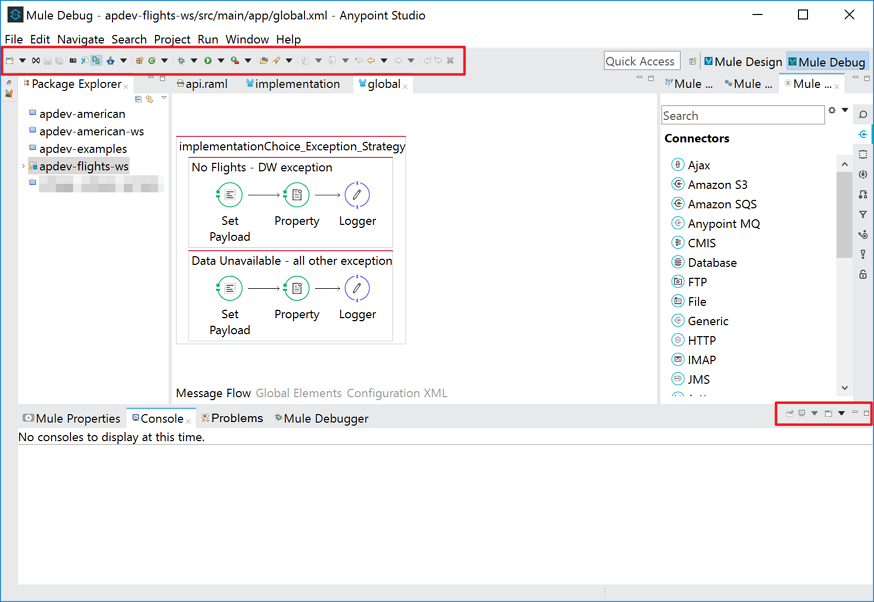API Mocking for Developers
API is the most common practice to exchange messages in a microservices architecture world. There are actually two different approaches for API development. One is called Model First and the other is called Design First. Usually the latter, AKA Spec-Driven Development (SDD), is preferred over the former.
When is the Model First approach useful? If you are running legacy API applications, this would be a good example of using this approach. If those systems are well documented, API documents can be easily extracted by tools like Swagger which is now renamed to Open API.… [Keep reading] “API Mocking for Developers”


